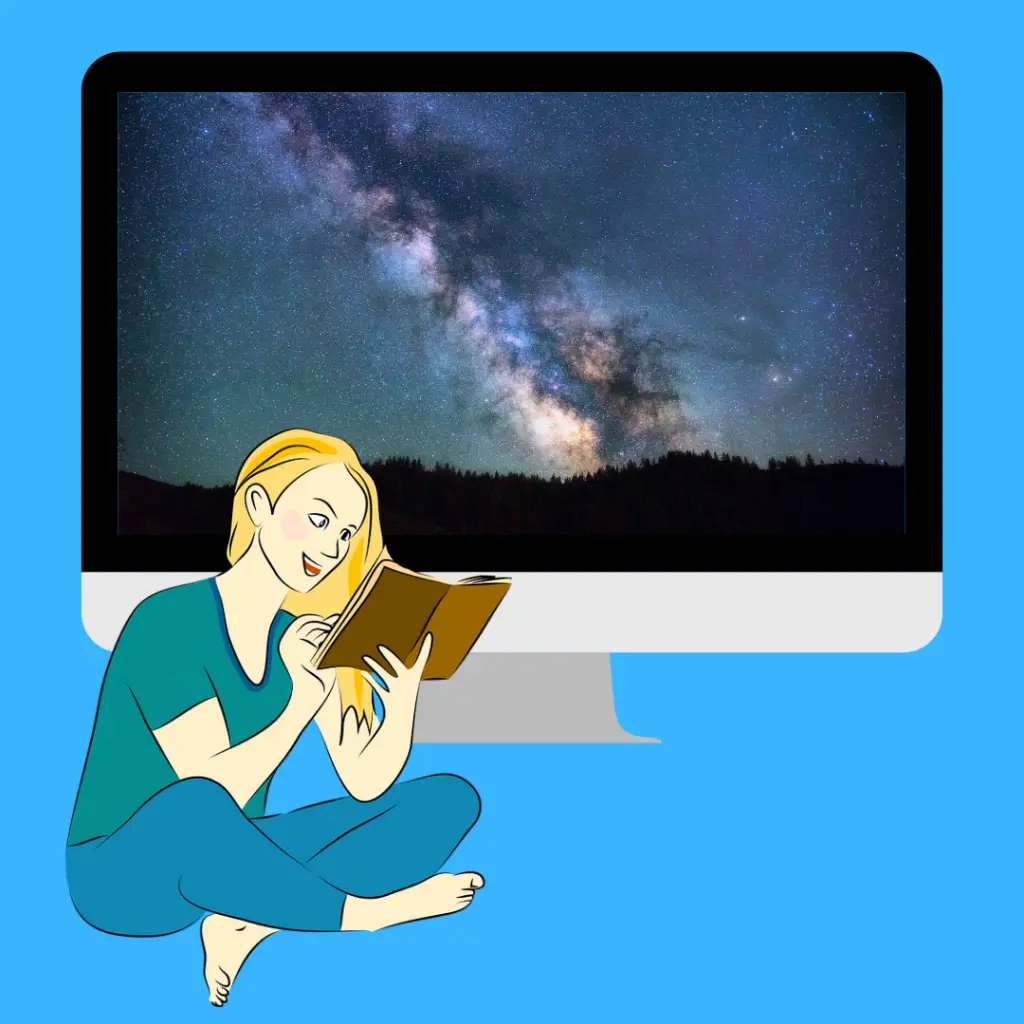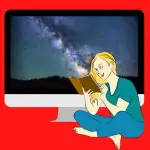Women are active contributors to the growing knowledge of astronomy and astrophysics, yet they are rarely made famous for it.
Here’s some of the top female astrophysicists you should know about.
30 Female Astrophysicists You Should Know
There are many women who have made significant contributions to the fields of astronomy, physics, and the exploration of space.
How many of these women have you ever heard of before?
Hypatia (c. 350 – 415 AD) was a Greek Neoplatonist philosopher, astronomer, and mathematician, who lived in Alexandria, Egypt during the Roman period. She is considered by many to be one of the world’s first female astrophysicists, and made significant contributions to the field of astronomy.
Émilie du Châtelet is best known for her work on the theory of conservation of energy, and is often considered to be one of the first female astrophysicists. She studied the properties of light and heat, and conducted experiments to disprove the popular Newtonian theory that light was a stream of particles.
Mary Somerville is best known for her work on the connection between electricity and magnetism, which led to the development of electromagnetism. She also did significant work in the fields of astronomy and mathematics, and was one of the first female astrophysicists to be recognized for her contributions.
Maria Mitchell is an American astronomer who discovered a comet in 1847 and was the first woman to be elected to the American Academy of Arts and Sciences.
Annie Jump Cannon is an American astronomer who developed a stellar classification system that is still in use today.
Cecilia Payne-Gaposchkin is an English astronomer who was the first person to correctly identify the composition of stars.
Vera Cooper Rubin is an American astronomer who pioneered the study of dark matter.
Jocelyn Bell Burnell is an English astrophysicist who discovered pulsars in a team in the 1960s.
Carolyn Herschel was the first woman to discover a comet and was also one of the first women to be appointed as Astronomer Royal.
Maria Mitchell received a prize from the King of Denmark after discovering a comet, and is known as the first professional female astronomer in the US.
Henrietta Swan Leavitt discovered the relationship between the luminosity and period of Cepheid variables, which allowed for the first accurate measurement of distances to galaxies outside our own.
Caroline Moore discovered a supernova at only 14 years old!
Helen Sawyer Hogg was an American-Canadian astronomer whose passion for astronomy led her to study over 200 galaxies and open up new fields of research in the process.
Margaret Burbidge is an English astrophysicist who, along with her husband Geoffrey Burbidge, William Fowler, and Fred Hoyle, is credited with creating one of the most important theories in modern astronomy: the B2FH theory, which describes how stars produce heavy elements through nuclear fusion. Burbidge is also known for her work on quasars, galaxies, and the interstellar medium.
Nancy Grace Roman was the first Chief of Astronomy at NASA, and she is credited with helping to launch the Hubble Space Telescope. Roman also played a key role in developing the field of radio astronomy.
Carolyn Shoemaker is an American astronomer who has discovered over 32 comets and more than 800 asteroids. She is also well-known for her work on the impact cratering process on both the Moon and Mars, as well as her studies of Jupiter’s satellites.
Jill Tarter is known as one of the pioneers of the field of SETI, or the search for extraterrestrial life. Tarter has helped to develop many of the key technologies used in radio astronomy and has played a major role in the development of the Allen Telescope Array, which is currently the largest radio telescope in the world. She also inspired the leading female scientist character is the movie Contact.
Margaret Joan Geller is known for her work on galaxy clustering, which has helped to advance our understanding of the formation and evolution of galaxies. Geller has also made important discoveries about the nature of dark matter.
Carolyn Porco is an American planetary scientist who is best known for her work on the Cassini mission to Saturn. She is an expert on Enceladus.
Heidi B. Hammel is best known for her work on planetary atmospheres, which has led to groundbreaking discoveries about the composition and evolution of planets like Mars and Jupiter.
Andrea M. Ghez is known for her groundbreaking research on black holes, which has helped us to better understand how they are formed and evolve over time.
Beth A Brown is known for her work on dark matter and the large-scale structure of the universe. Brown has also made important discoveries about the nature of black holes and how they impact the evolution of galaxies.
Sandra Faber is known for her work on galaxy formation and evolution. She is also an expert on dark matter and the large-scale structure of the universe.
Barbara A. Williams is known for her work on the formation and evolution of galaxies. She is also an expert on the interstellar medium.
Lisa Kewley is known for her work on galaxy evolution and the formation of planetary systems. She is also an expert on brown dwarfs and massive stars.
Katherine Freese is an expert on dark matter. She is best known for her work on the early universe, galaxy formation and evolution, and the role that dark matter plays. Freese has also developed new theories about how galaxies form and evolve over time.
Wanda Diaz-Merced is best known for her work on using astrophysical data to develop new methods of communication for people with disabilities.
Sara Seager is an astronomer who specializes in the study of exoplanets, or planets that orbit stars other than our Sun. Seager is also a passionate advocate for the public understanding of science, and she has written several popular books on astronomy and astrophysics.
Ruby Payne-Scott is known for her contributions to radio astronomy. She worked on classified government projects during WWII and later made important discoveries about the Sun and other stars. Payne-Scott also helped to lay the groundwork for modern radio astronomy.
Anna Watts is known for her research about neutron stars and thermonuclear explosions.
Still curious about space and beyond? You might also like:
- What is the Stellar Parallax?
- 50+ Facts About The Sun
- Is It Ever Possible To See Venus at Midnight?
- Could a Human Breathe on Mercury?
- Could a Human Walk on Venus?
- 6 Obscure Constellations Few People Know About







